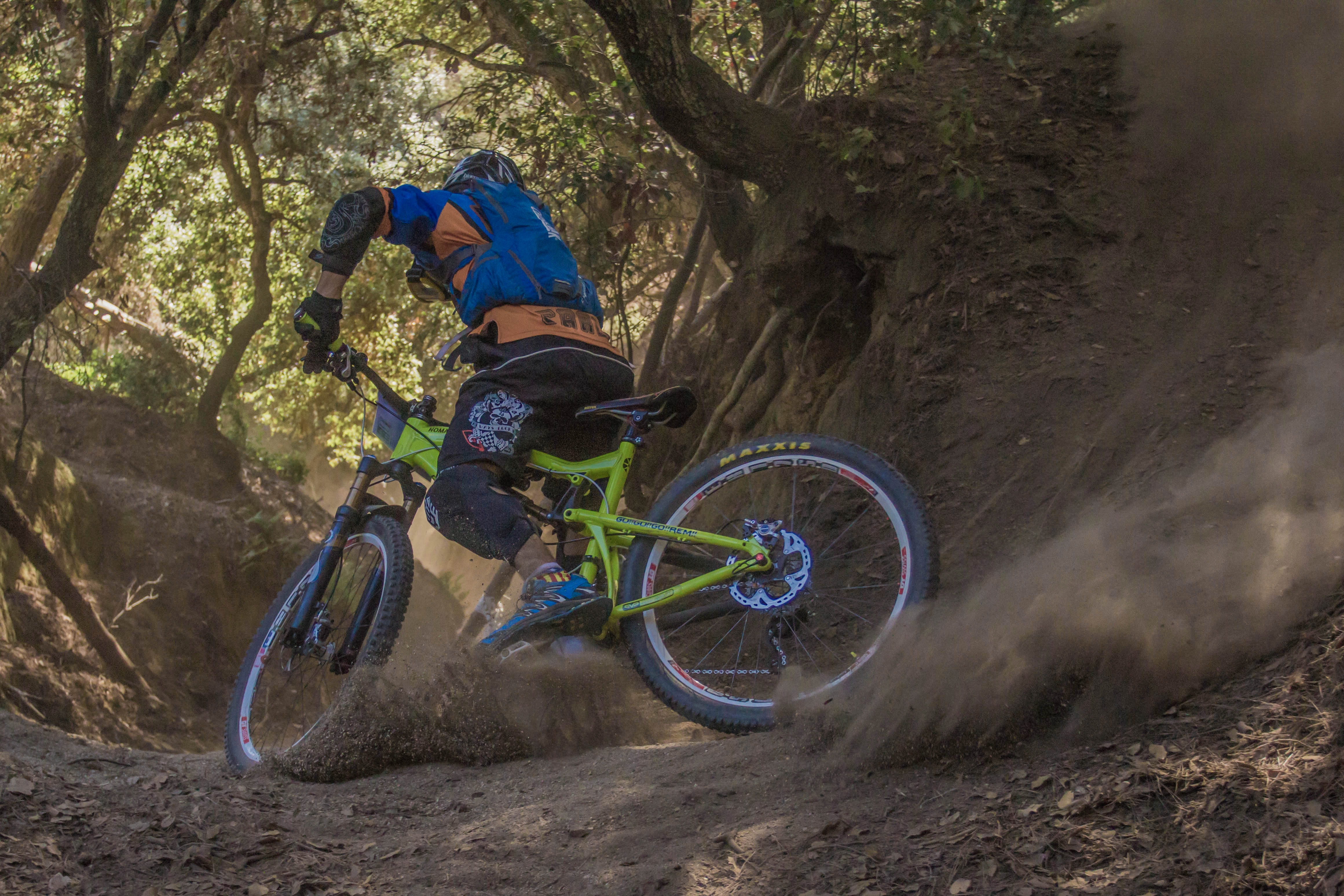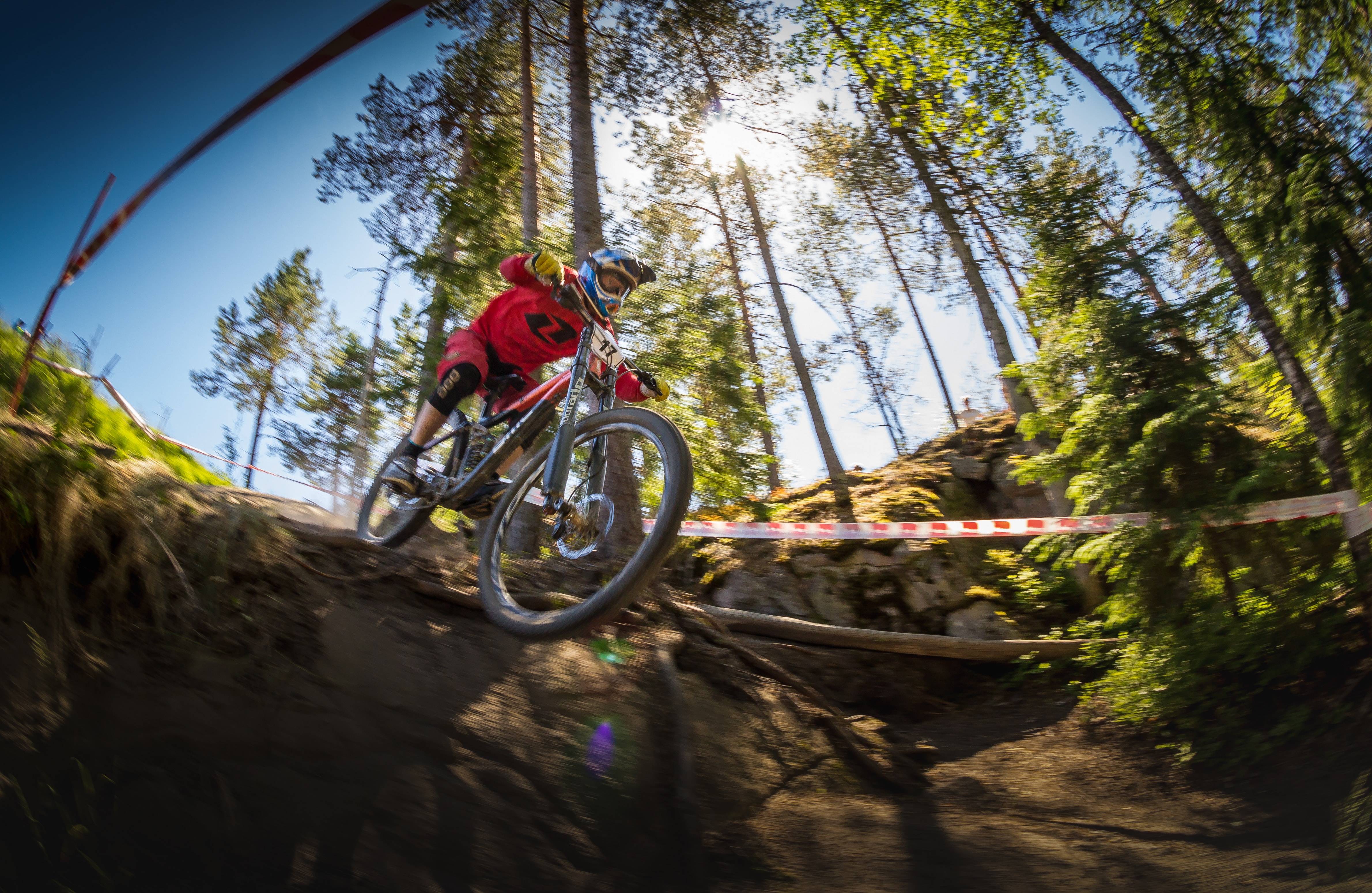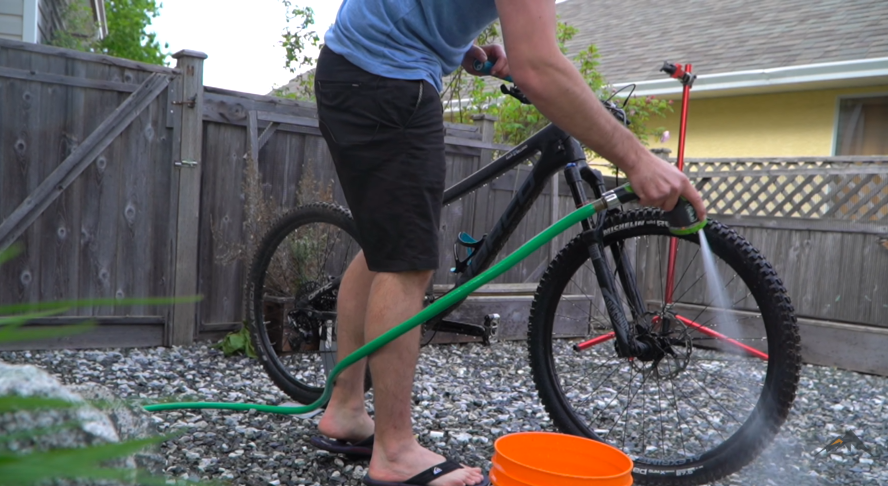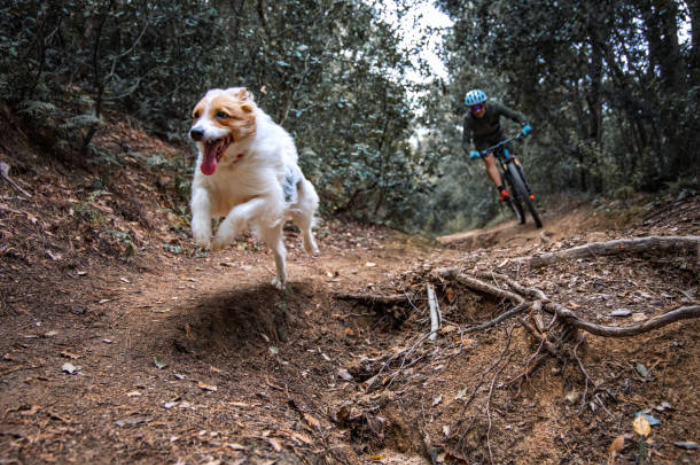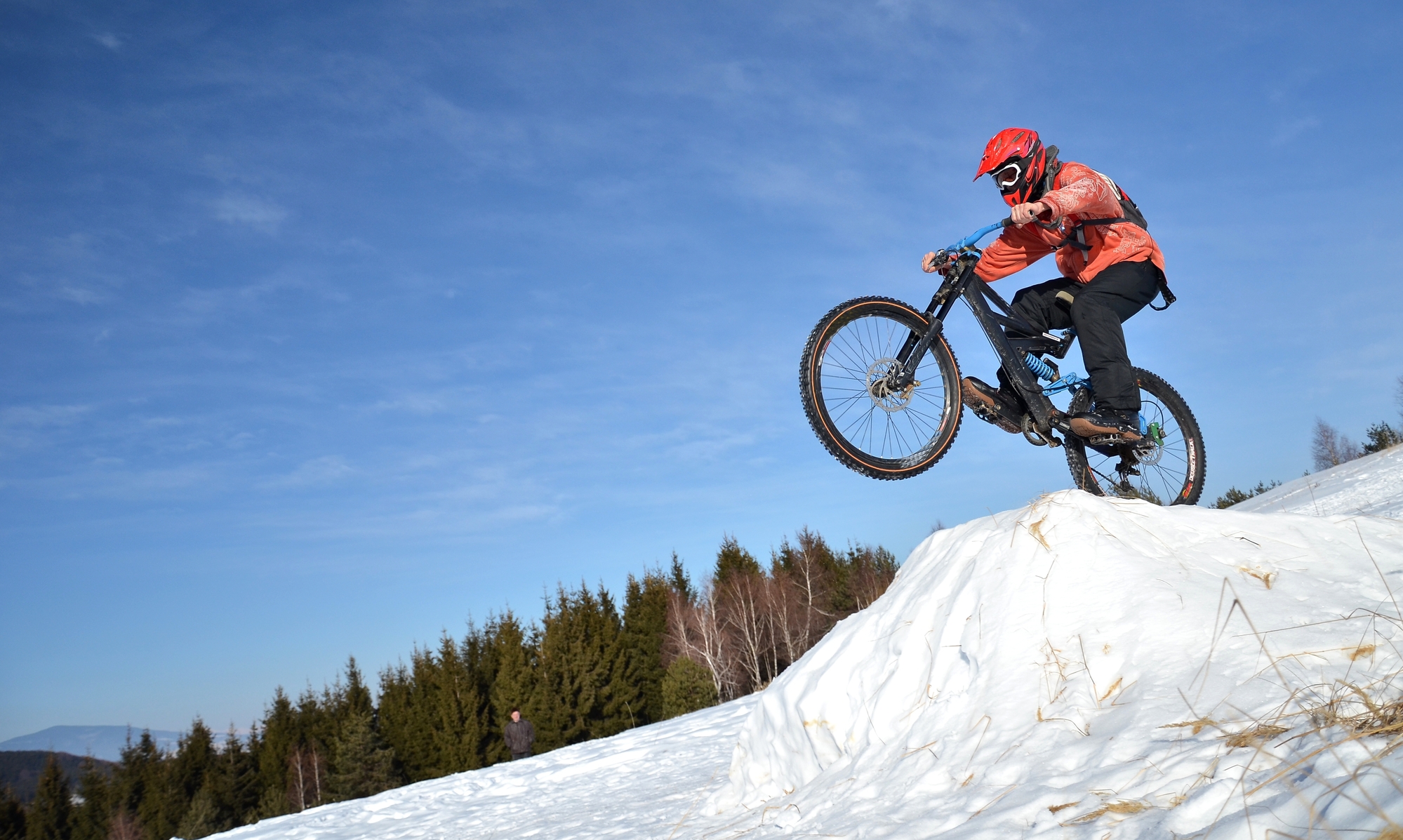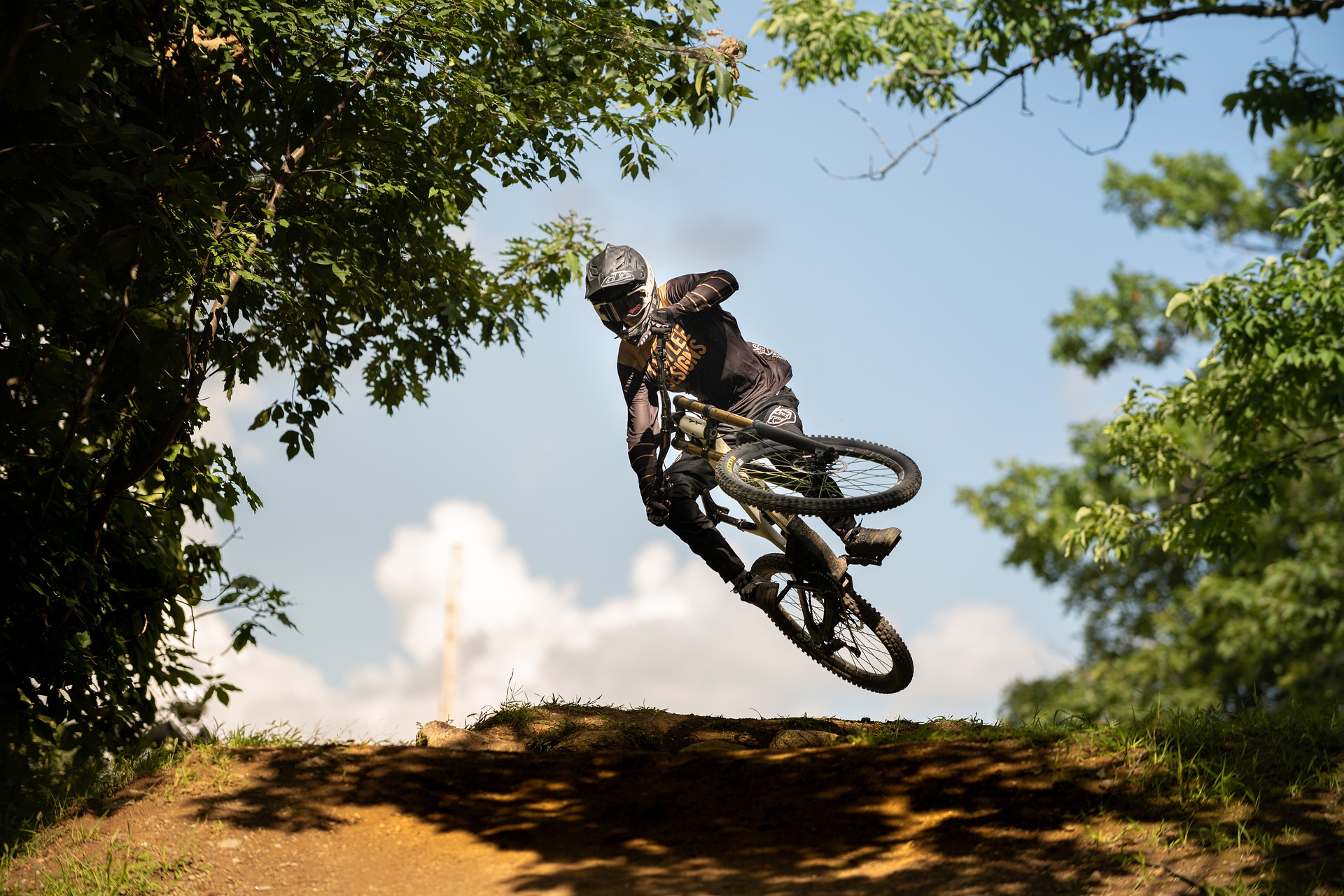Mountain biking is a great way to get outdoors and enjoy the beautiful scenery that nature offers. But it's not just about the views – mountain biking can be a great workout, too!
If you're new to mountain biking, or if you're wondering what kind of effects it has on your body, read on. We'll discuss the benefits of mountain biking, as well as what you can expect in terms of physical effects. Let's go!
What are the Physical Effects of Mountain Biking?
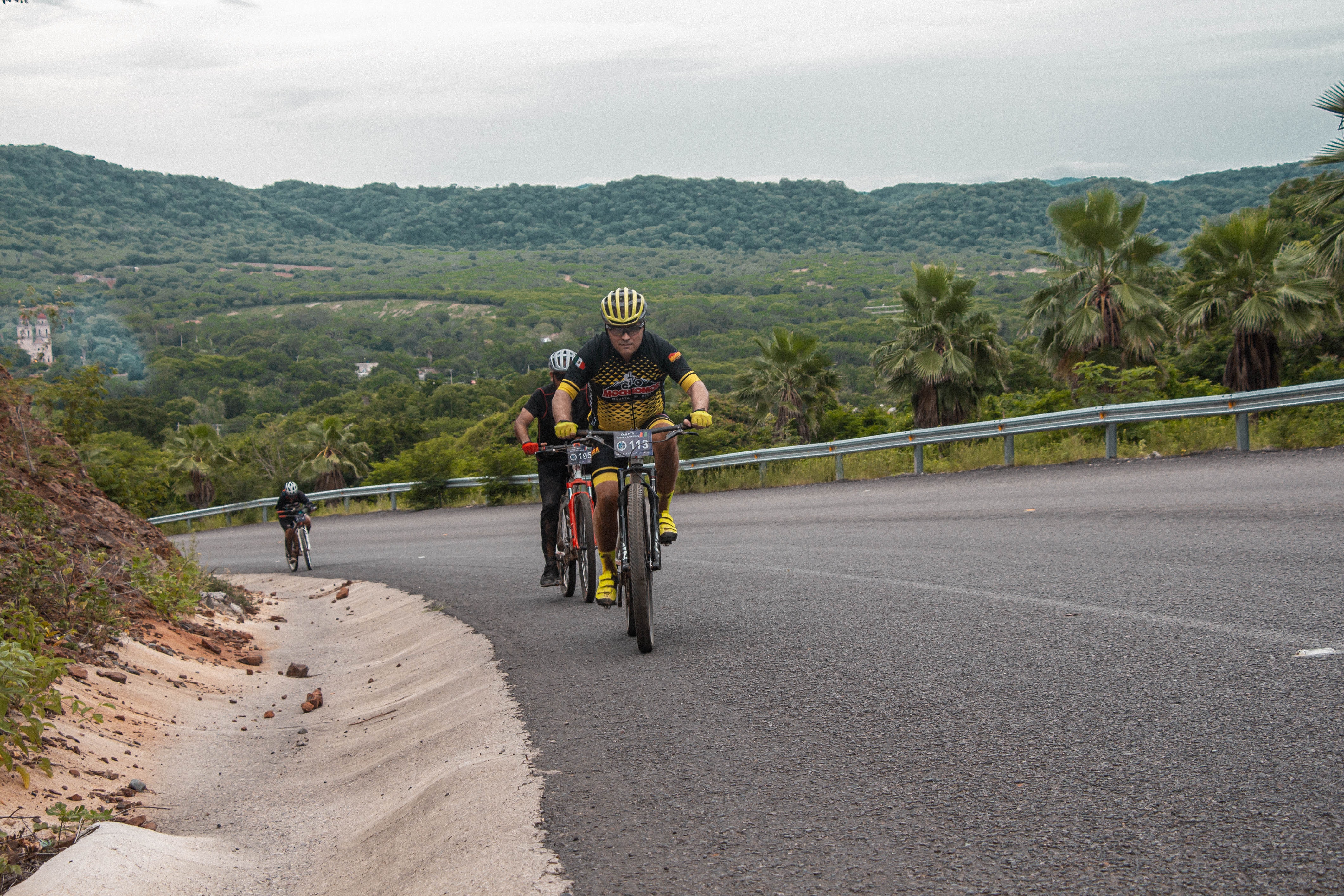
Aside from the obvious cardiovascular benefits of any aerobic exercise, mountain biking has several other physical effects. Here are just a few:
1. Mood Enhancement
Mountain biking can improve your mood and help to reduce stress levels. This is partly due to the release of endorphins that comes with any vigorous exercise.
Endorphins are hormones produced by the body that have pain-relieving properties. They're also responsible for the "runner's high" that some people experience.
So, if you're looking for a way to boost your mood, mountain biking might be the perfect activity for you.
2. Joints
Mountain biking is a great way to strengthen your joints. This is because it involves a lot of movement and flexibility, which can help to reduce the risk of injuries in the future.
However, with overuse there is a chance that mountain biking can actually harm your joints. For instance, mountain biking can lead to knee pain if not done properly.
Joints are one of the most commonly injured body parts, so strengthening them can definitely help to keep you safe while mountain biking.
Mountain biking is also great for your balance and coordination. These skills are essential not only for mountain biking but also for everyday activities.
3. Stamina
Mountain biking is a great way to build stamina. This activity can be challenging enough that it'll help you develop the endurance needed for other high-intensity workouts, like running or weightlifting!
The most challenging part about mountain biking may come when first starting out - so don't try these exercises on hills without an instructor's guidance first if possible.
4. Muscles
It's not just about the ride - MTB can help you get into shape! The intense physical exercise of mountain biking uses muscles in your legs, arms, and core, making these stronger or more resistant to injury.
As you become more experienced with MTB, the hills will demand even more from these muscle groups - so you must be fueling your body correctly to achieve success.
5. Lungs
Mountain biking is a great way to get your adrenaline pumping and improve lung function simultaneously. This is because it's a strenuous activity that requires you to breathe deeply and take in lots of oxygen.
As your lung function improves, you'll be able to ride for longer periods of time and at a higher intensity. That will come in handy when you're trying to tackle more challenging trails.
6. Blood Pressure
Mountain biking has been proven to help people with high blood pressure keep their condition in check. The intense cardiovascular workout enables you to get oxygenated and reduces stress on your heart, all while having fun!
Just be sure to check with your doctor before starting any new exercise program.
7. Heart
Mountain biking is an excellent way to get your heart rate up, which helps the body function better. It can also help reduce the risk of heart disease and other health problems in the future.
The best part? You don't have to be a professional mountain biker to enjoy these benefits - any level of biking will do!
What are the Physical Risks of Mountain Biking?

While mountain biking has several benefits, it also has a few physical disadvantages. Here are just a few:
1. Injury risks
Mountain biking can be dangerous, and there's always the risk of injury. This is especially true if you're riding on rugged trails or doing stunts. Be sure to wear the appropriate safety gear and to know your limits.
2. Athlete's foot
Mountain biking can cause sweaty feet, leading to athlete's foot or other fungal infections. Be sure to wear socks that will absorb sweat, and change your shoes and socks often if you're biking for an extended period of time. Having the right shoes can help alleviate this risk. Check out our article where we discuss if mountain biking shoes are really necessary.
3. Back pain
Whether you're a beginner or an expert, mountain biking can be pretty dangerous without learning the proper techniques. It's essential to maintain good posture and use the correct gear to prevent back pain!
4. Tennis elbow
Mountain biking can also cause tennis elbow, which is a condition that results from overuse of the elbow joints. This is usually caused by poor form while biking.
If you start to experience pain in your elbows, be sure to take a break and see a doctor if the pain persists.
5. Pre-existing hemorrhoids
Mountain biking can also aggravate pre-existing hemorrhoids. If you're having trouble with this condition, it's best to avoid mountain biking until it's cleared up.
If you insist on biking, be sure to use a padded, donut-shaped bike seat to reduce pressure on the area.
6. Chafing
Mountain biking can cause chafing in sensitive areas, such as the groin or underarms. This is usually caused by friction from clothes or bike seats.
To prevent chafing, be sure to wear loose-fitting clothing and apply a lubricant to areas prone to chafing.
7. Shin splints
Although it is very rare, if you have an improper pedaling technique, mountain biking can cause shin splints. The muscles in your legs will become tired and sore, making it difficult to continue riding.
To prevent shin splints, be sure to use the correct gear and practice proper pedaling techniques before hitting the trails.
Can Mountain Biking Give You Abs?

If you think mountain biking can help give you a six-pack, you're absolutely right.
A new study[1] from the Sport Research Centre in Castellanza, Italy revealed that when mountain biking, more than 80% of race time is spent above the lactate threshold--the level at which your body starts to produce lactic acid.
This means that your body is forced to use its anaerobic energy system, resulting in a six-pack when combined with good diet and consistency.
"This very high exercise intensity is related to the fact off-road cyclists expend most of their effort going against gravity cycling uphill," researchers said.
And according to the research[2] from the Strength and Conditioning Journal, "high-intensity training is a popular strategy for improving everything from cardiovascular fitness to reducing body fat levels."
So, if you're looking to get shredded, mountain biking might be the way to go. Just be sure to put in the work, and don't expect results overnight.
Will Mountain Biking Make Your Legs Bigger?
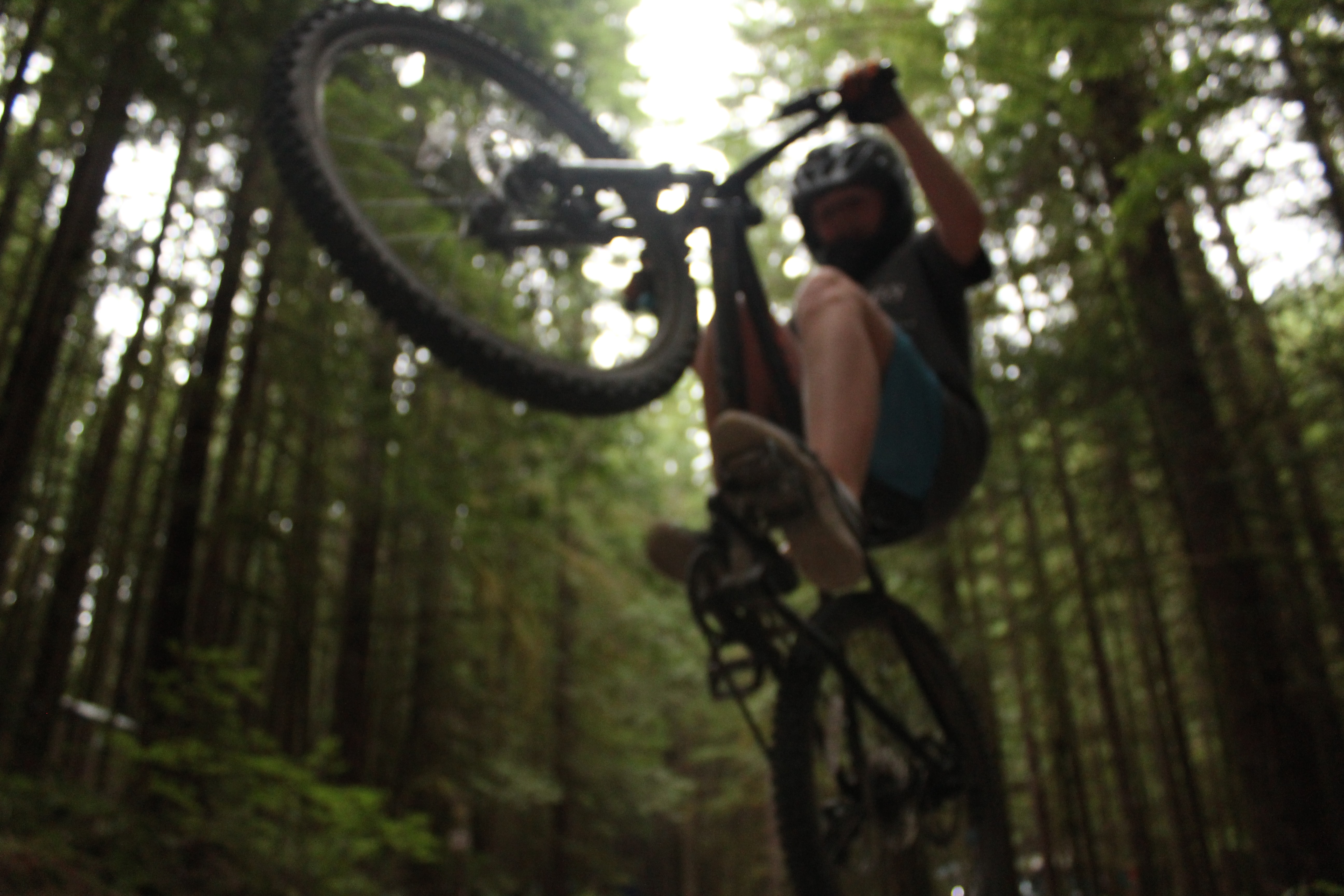
It will definitely make them stronger.
This is because mountain biking involves a lot of pedaling, which helps strengthen your legs' muscles. In addition, mountain biking can also help to improve your endurance, making it easier for you to ride longer distances.
Don't worry about getting too big, though. As long as you're eating a healthy diet and lifting weights regularly, you'll be able to maintain your current physique.
For women, mountain biking can also help improve bone density, reducing the risk of osteoporosis in the future.
So, mountain biking is a good option if you're looking for a way to get more muscular and more toned legs. Just be sure to start slowly and to build up your endurance gradually.
Conclusion
Mountain biking is a great way to get in shape and improve your overall fitness. Many people also enjoy its fun and challenging nature!
However, it's essential to be aware of the potential risks involved with mountain biking. Be sure to use proper gear and technique to avoid injuries, and always listen to your body.
Happy trails!

